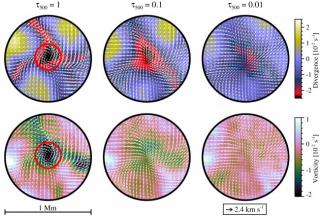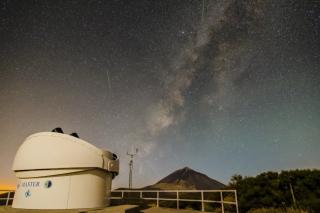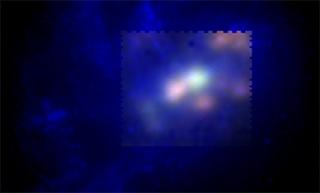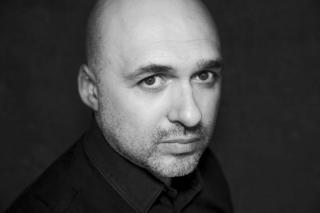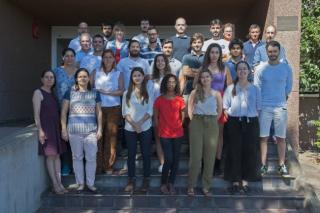
The IAC’s summer studentships are a unique opportunity for training in astrophysical research, technological development, and science outreach.
Advertised on
This section includes scientific and technological news from the IAC and its Observatories, as well as press releases on scientific and technological results, astronomical events, educational projects, outreach activities and institutional events.

